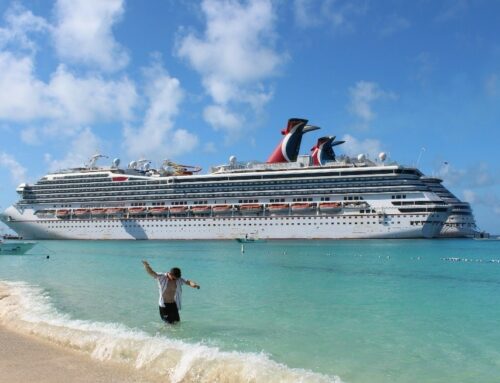As you surely know, a novel coronavirus (known technically as COVID-19) emerged in Wuhan, China at the end of 2019. Since then it has been spreading rapidly, causing acute respiratory illness that can become very severe.
As of February 26th, 2020, an estimated 81,294 cases have been reported globally, with 2,770 of these proving fatal. The World Health Organization (WHO) has been working to coordinate the international response. In an attempt to detect and quarantine the easily-spread virus, many countries (including the United States) have been diagnostically screening travelers from particularly affected regions for symptoms.
However, of these 45 countries and territories around the world affected by this pandemic, the situation aboard the M/V DIAMOND PRINCESS, a cruise ship recently harbored in Yokohama, Japan, is uniquely challenging. The ship became an incubator for the virus, infecting over 700 of the passengers. The ship’s passengers have been under mandatory quarantine since early February. Japan has been criticized repeatedly by many entities and professionals for its handling of the situation, including by the U.S. Centers for Disease Control and Prevention (CDC).
Kentaro Iwata of Kobe University Hospital, an infectious disease specialist and volunteer doctor on the ship, was particularly critical in a recent video he posted about the situation: “The cruise ship was completely inadequate in terms of the infection control. There was no single professional infection control person inside the ship and there was nobody in charge of infection prevention as a professional. The bureaucrats were in charge of everything.”
Also, against WHO protocols Iwata had followed fighting Ebola, SARS, and cholera, there was no distinction between the infection-free green zone and the red zone, which is potentially contaminated by virus. This forced the majority of the passengers and all of the staff to be in a state of constant potential exposure for two weeks or more. The screening process was slow, and onboard medical care was limited. And while a few passengers over the age of 80 with preexisting medical conditions were allowed to stay in government-restricted onshore quarantine sites, most have only just begun the grueling several-day disembarkation process. Many face weeks of strict quarantine again once returned to their home countries.
Even with these measures taken, there is always the possibility that passengers will cause coronavirus clusters in their own communities upon their return to their homes. Norio Ohmagari, an infectious disease expert at the National Center for Global Health and Medicine said :“ [I] call upon all the travelers who disembarked from the ship … to report to the authorities as soon as possible” if they develop any symptoms.” “By doing that, we can prevent another cluster from happening.”






